Roughness profile measurement with replica tape
The measurement of the surface profile by means of replica tape (Press-O-Film HT or testex tape) is performed after the surface has been cleaned to ensure that the prepared surface has the required profile as indicated in the coating specification.
The test is performed immediately after cleaning using the selected surface preparation method; provided that it has been verified that there are no traces of loose powder.
The two most commonly used types of replica tapes for measuring roughness on steel surfaces are
- Coarse tape "Coarse" to measure surface profiles from 0.8 to 2.5 mil (20 to 64 μm)
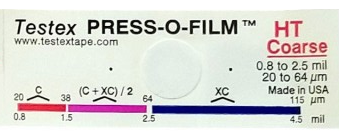
- Extra thick "X-Coarse" tape to measure profiles from 1.5 to 4.5 mil (38 to 115 μm)
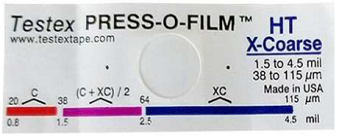
Choose the replica tape that is closest to the established roughness specifications. For example, if the specification requires a surface profile of 2 to 3 mils, then the extra thick tape (X-coarse) should be used. Measuring the surface profile is almost a mandatory requirement for most coating specifications.
Roughness profile measurement procedure
- Remove the tape cover, stick it to the surface.
Rub the circle (thin film of foam) with the round polishing tool (burnisher).
Remove the tape and measure with an analogous micrometer within the circular area.
Record the value of the analog micrometer and subtract 2 mil (this is the thickness of the tape).The value obtained from this subtraction is the measured value of the surface profile.
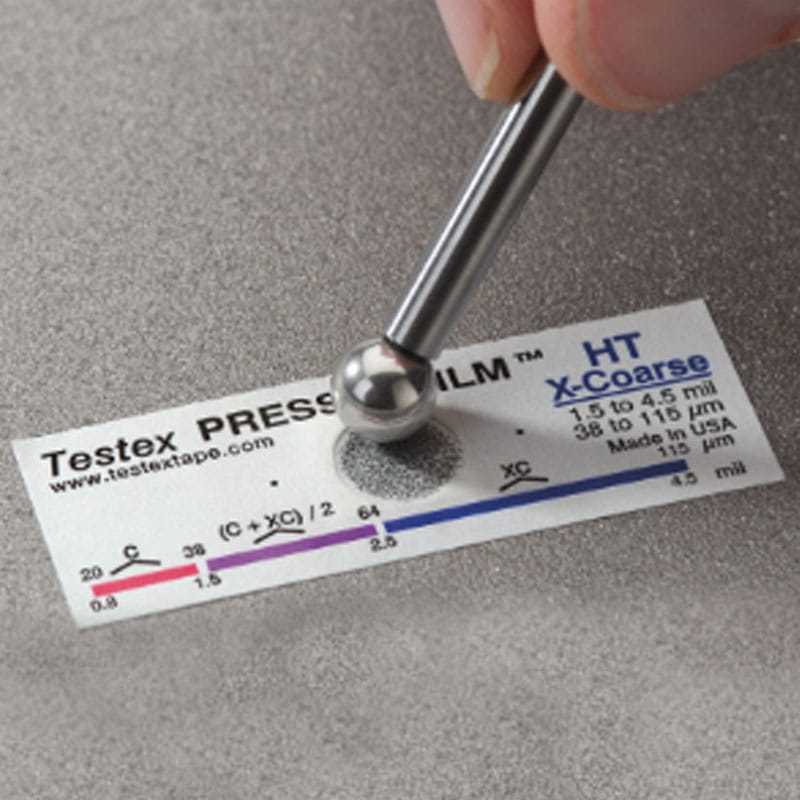
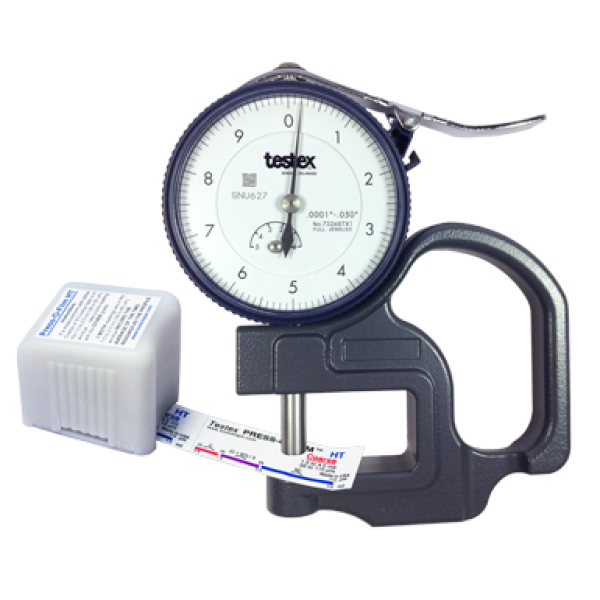
NOTE:The test should be repeated if the value obtained is outside the range of the tape. For example, if the required surface profile is 1 to 1.5 mil, the tape was used and the test result obtained was 3 mil, the test should be repeated.
If a measurement made with the coarse grade or X-coarse tape is within the range of 1.5 to 2.5 mil (38 to 64 μm), a second reading should be taken at the same location with the other grade of tape.
If both readings are in the range of 1.5 to 2.5 mils (38 to 64 μm), the profile is recorded as the average of the two data.if the readings are outside this range, i.e., between 0.8 and 1.4 mils (20 to 37 μm) or between 2.6 and 4.5 mils (65 to 115 μm), they should be used as is, i.e., without averaging.
The chart on each tape serves as a guide for this procedure.

Standards related to roughness profile measurement
There are two standards used for testing roughness with testex tape: NACE Standard RP0287 and ASTM D 4417 Method C. It is essential that the inspector witness the surface profile or review the test report.
A shallow roughness profile can cause the coating to lack adhesion and consequently cause delamination and blistering of the paint. A very high surface profile could also generate a problem; high peaks may not be covered with the primer coat and generate rust spots.
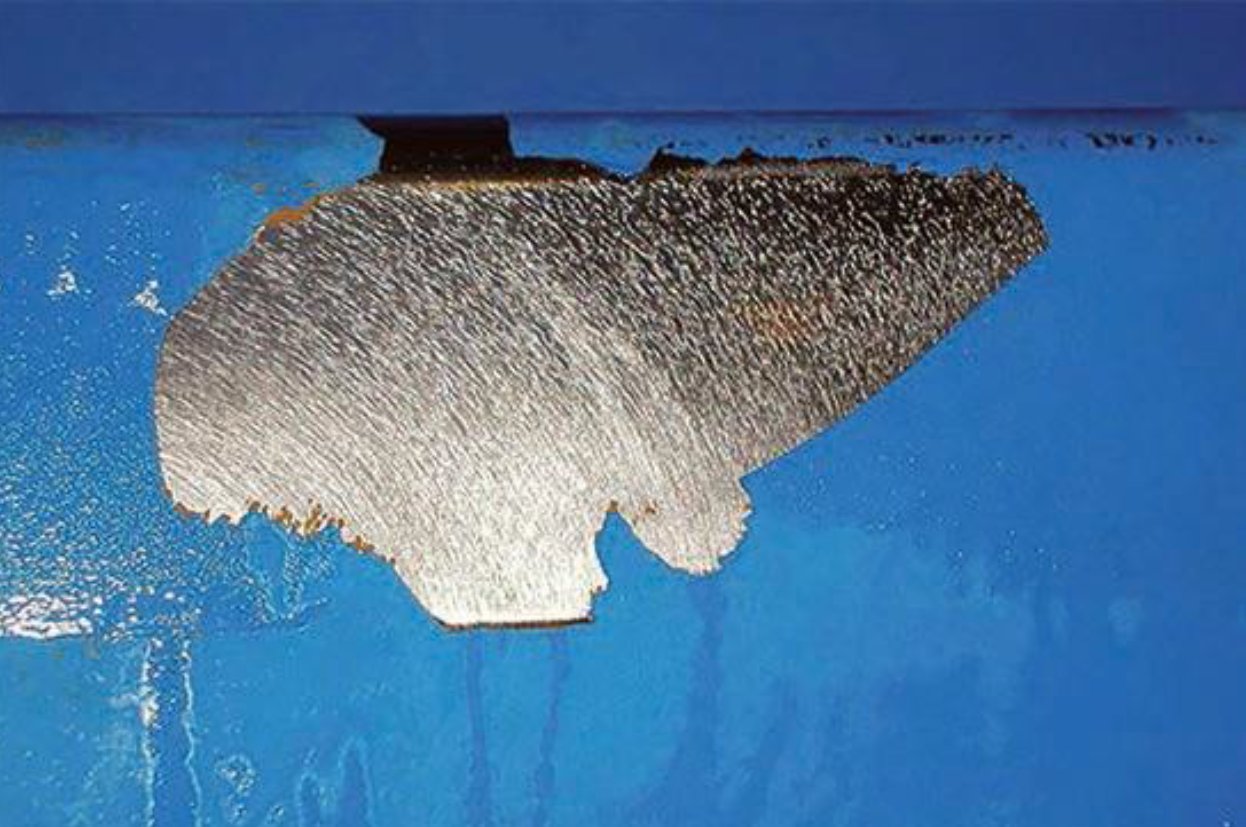
.jpg)
Aplika Control Corrosión supplies the equipment and consumables necessary to carry out control and quality assurance tests, together with specialized technical advice for the correct development of technical specifications.




